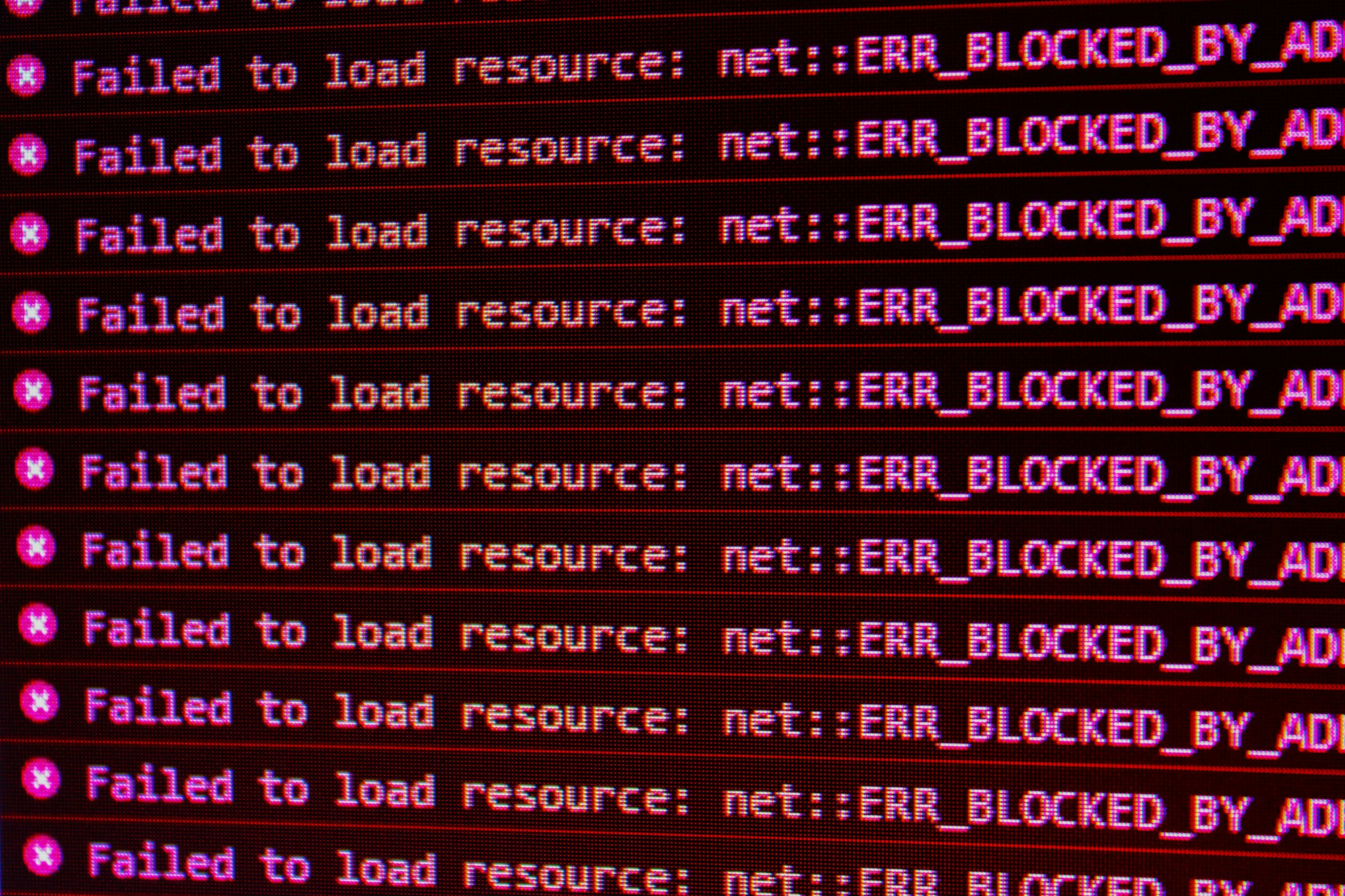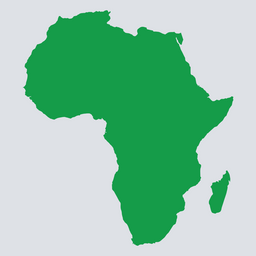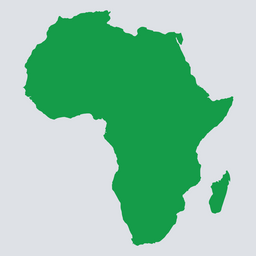OP-ED - M-KOPA’s decade of discovery: when patient capital buys time to pivot
M-KOPA’s lengthy path to profitability shows how patient capital can buy the time (and permission) to pivot until the real business emerges.

In December 2016, I sat down with Chad Larson, M-KOPA co-founder and CFO at the time, for an African Tech Roundup podcast conversation about their solar home systems business.
What was promised
With the precision you'd expect from a former Bank of America investment banker, he explained that M-KOPA's grant funding (from Shell Foundation, Gates Foundation and others) didn't subsidise customers. It funded capacity building, the tech platform, upskilling the team. The customer proposition, he insisted, stood entirely on its own commercial merit.
He was technically accurate. That farmer in Kenya's Central Highlands paying for her solar panel and home lighting combo wasn't getting a discount courtesy of philanthropic capital.
Fast forward to October 2025. Co-founder and general partner (GP) at venture capital (VC) firm DFS Lab, Stephen Deng observed on X that the firm’s growth and profitability were built on what he described as “millions and millions in equity and debt earmarked for climate / PAYGO solar,” and asserted they had “raised ~$600 m in funding.” (To be precise, M-KOPA claims to have unlocked ~USD 600 million in customer credit, which is often conflated in discourse with capital raised.)
M-KOPA's growth and profitability is impressive and you've gotta give the team their flowers.
— Stephen Deng (@mrstephendeng) October 8, 2025
But make no mistake, this was built on millions and millions in equity and debt earmarked for climate / PAYGO solar. They've raised ~$600m in funding (debt/equity/grants).
Those…
Today, M-KOPA is primarily a smartphone finance and digital credit services platform; solar is no longer its dominant product axis.
Between these two concrete moments: a decade, USD 600 million credit unlocked / capital deployed to customers, a fundamental business model transformation, and finally, profitability.
Who gets to spend a decade discovering
M-KOPA used patient impact capital to run a decade-long experiment in African consumer behaviour. But let's be explicit about why they got that runway. Larson and his co-founders (Oxford Said Business School alumni, former management consultants, investment bankers) arrived with precisely the pedigree that makes patient capital patient. Investors weren't just betting on the solar model; they were betting on the people, their networks, and their ability to pivot gracefully when needed.
This is premium connectivity at work. How much reputational equity and trust needed spending to keep the ball in the air through a decade plus of transformation? We'll never know the exact figure, but it's clear that not every founder gets this much rope. The solar narrative opened doors, but no doubt, the CVs helped keep them open.
Whilst they were "discovering" their business model, they were building something else entirely. As Ecofin Agency reported, they constructed what they dubbed "Africa's first small loans exchange", credit infrastructure built on millions of payment data points. That farmer's behaviour financing her solar system became raw material for a data asset that now powers hefty institutional industry partnerships.
My 2016 scepticism about obscene data extraction wasn't wrong, it was premature. The solar system was the hook; the credit data infrastructure became the prize. And unlike the solar panels, which customers paid for directly, the data value flows in one direction.
Infrastructure substitution fallacy
This raises questions beyond M-KOPA specifically, about whether these models are even intellectually coherent.
The pitch (then and now, across countless African "impact" ventures) rests on a peculiar assumption: that VC-backed startups can profitably provide what should be public infrastructure. Electricity, internet connectivity, basic financial services. If governments were doing their jobs, would these "market opportunities" even exist?
Larson told me in 2016 that utilities had no interest in connecting rural customers because "the cost of running those wires out there is more than you're ever going to reasonably make up." He positioned M-KOPA as solving a problem the state couldn't. But here's the uncomfortable implication: if the opportunity exists because of state failure, can you really build sustainable billion-dollar businesses on it? Or are you building extractive band-aids that look like solutions whilst benefiting from the very dysfunction they claim to address?
To be fair, Larson & Co may have genuinely believed they'd build that billion-dollar business on the ‘lighting up Africa’ narrative. Perhaps they did. But even granting that good faith, the question becomes: at what point did they realise it wasn't working as pitched, and what decisions did they make then about transparency versus maintaining the narrative that kept capital flowing?

Institutional moat
But there's another dimension to M-KOPA's decade of discovery that deserves examination: the strategic accumulation of blue-chip institutional backing that made the venture increasingly difficult to question.
When you've taken money from Generation Investment Management, Shell Foundation, Gates Foundation, the British government's CDC Group, and eventually convinced institutions managing hundreds of millions to participate in your debt facilities, you've created something beyond a capital base. You've created institutional complicity.
Each additional marquee investor raises the reputational stakes for everyone already in. Who wants to be the LP that demands uncomfortable accountability when it might spook other investors, crystallise losses and embarrass everyone at the table?
The carefully curated PR narrative (solar hero lighting up Africa, financial inclusion champion, leapfrogging infrastructure gaps) did essential work here too. It created political cover. What government wants to be seen disrupting a venture that's supposedly bringing electricity to the rural poor? Even as the business model transformed from solar to smartphones, the broader "empowerment" narrative held, keeping regulatory interference at bay.
This isn't necessarily conspiratorial thinking, it's arguably just sophisticated strategy. If you're building a business model that depends on state failure (inadequate electrification, weak financial infrastructure), you need protection from the very states whose dysfunction you're monetising. Creating a web of international institutional investors and maintaining an unimpeachable public narrative accomplishes exactly that.
But it also means that by the time anyone might have asked "wait, is this still the business we funded?", too many prestigious institutions were too deep in to make those questions comfortable. The pivot from solar to smartphones could happen because unwinding it would have been messier for investors than accepting it.
Accountability gap
Some ‘grant-preneur’ critiques from a decade ago assumed grant-seeking founders were lazy or unserious, living off "free money" whilst avoiding commercial discipline. M-KOPA's journey reveals something more savvy: patient impact capital doesn't just fund execution, it pays for learning what business you're actually in, whilst maintaining a socially beneficial narrative.
Consider the counterfactual: Would investors have written those cheques in 2010s if the pitch had been "we'll spend a decade learning how to build consumer credit infrastructure in African markets, pivoting our core product offering along the way"? The solar story did essential work that radical honesty about uncertainty couldn't have.
At every level of abstraction, someone can declare victory whilst avoiding harder questions. Customers got products. Investors can point to eventual profitability. Impact funds can claim they enabled innovation in underserved markets.
But who's accountable for the gap between pitch and outcome? When "energy access for the poor" becomes "consumer credit infrastructure leveraging the payment behaviour of the poor," have we succeeded or engaged in definitional sleight of hand?
Impact investing has no agreed framework for distinguishing between productive evolution and mission drift that would have killed fundraising if disclosed upfront. And once you've assembled the institutional constellation that M-KOPA did, those frameworks become actively inconvenient for everyone involved.

Who pays the narrative tax
Back on the ground, this shapes incentives predictably. Founders optimise for narratives that unlock the most patient capital. Limited partners (LPs) treat many "impact investments" as R&D for discovering viable business models, with impact framing doing load-bearing work.
Customers become unwitting participants twice: once for the product, again for the data infrastructure built on their behaviour. They paid for the solar panel. They're paying for the smartphone. The credit scoring infrastructure built on their payment patterns? Well, that value flows elsewhere.
M-KOPA's profitability after raising significant patient capital and a fundamental product pivot is genuinely impressive. But the real lesson from my 2016 conversation with Larson isn't what he said about grant funding, it's what he couldn't have said: "We don't know yet what business we're actually building, but the impact narrative buys us time to figure it out."
That would have been honest. It would also have been unfundable.
Perhaps patient capital is most patient with ventures that know how to keep the narrative machine running whilst the actual business model sorts itself out.
As more African ventures seek patient capital with impact framing, we should ask: are we funding missions, or funding expensive market education with impact branding? And if it's the latter, we should at least be honest about the cost, and who's really paying it.
Editorial Note: A version of this opinion editorial was first published by Business Report on 14 October 2024.



